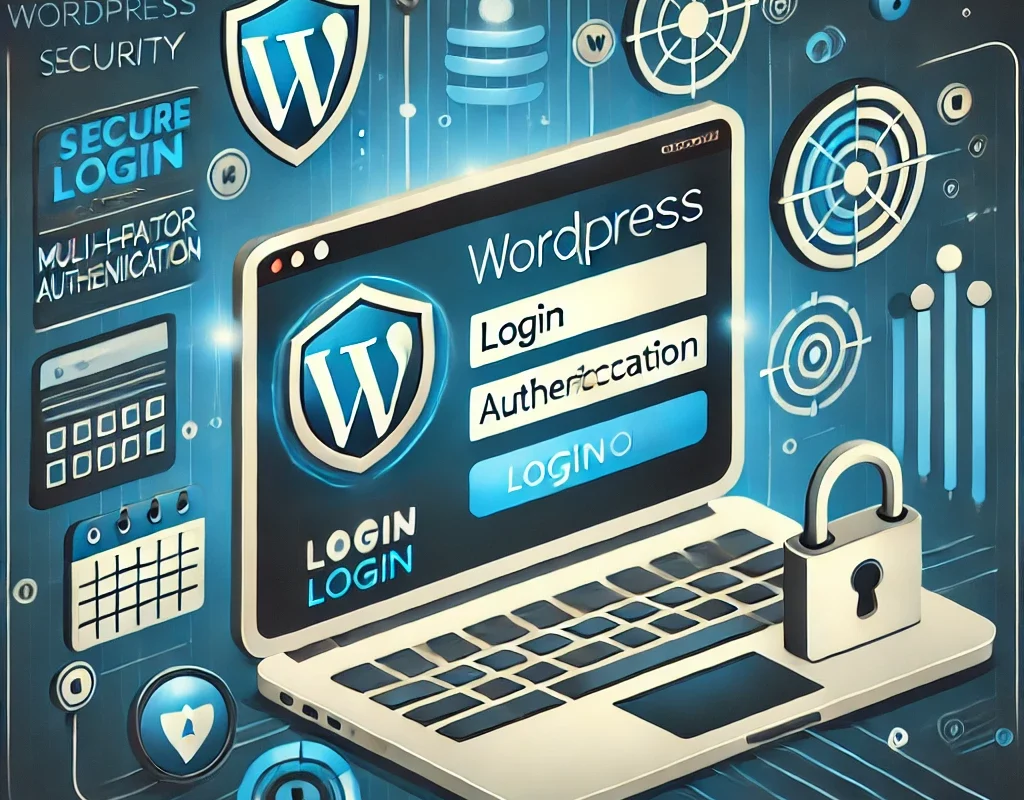
How to Create a Nearly Unhackable WordPress Login System
WordPress powers over 43% of the web, making it a major target for hackers. One of the most common attack vectors is the login system, where brute force attacks, credential stuffing, and phishing attempts can compromise your site.
In this guide, you’ll learn how to create a nearly unhackable WordPress login system using security best practices, server-side configurations, and essential tools. This approach will block 99.9% of automated attacks and significantly reduce the risk of manual hacking attempts.
Step 1: Change the Default WordPress Login URL
By default, WordPress login pages are located at:
https://yoursite.com/wp-login.php
https://yoursite.com/wp-admin/
Hackers use bots to scan for these URLs and launch brute force attacks.
How to Change Your Login URL Manually
- Edit your functions.php file and add:
function custom_login_url() {
return site_url('/my-custom-login');
}
add_filter('login_url', 'custom_login_url');
- Manually rename wp-login.php (not recommended, as updates may override changes).
Recommended Plugin Alternative
🔹 WPS Hide Login – Allows you to set a custom login URL without modifying core files.
Pro Tip: Avoid using predictable login paths like /admin, /login, /secure-login.
Step 2: Implement Two-Factor Authentication (2FA)
Even if hackers steal your password, 2FA prevents unauthorized access.
Best 2FA Plugins for WordPress:
✔ Wordfence Login Security – Free, lightweight 2FA solution.
✔ Google Authenticator – Supports OTP-based authentication.
✔ WP 2FA – User-friendly 2FA setup with email and authenticator app support.
Pro Tip: Avoid SMS-based 2FA due to SIM swapping risks. Use Google Authenticator or Authy instead.
Step 3: Block Brute Force Attacks with Rate Limiting
Brute force attacks involve bots guessing passwords repeatedly.
How to Block Brute Force Attacks Without a Plugin
Add the following code to .htaccess (Apache servers only):
<IfModule mod_rewrite.c>
RewriteEngine On
RewriteCond %{REQUEST_METHOD} POST
RewriteCond %{REQUEST_URI} ^(.*wp-login.php|.*xmlrpc.php)
RewriteCond %{HTTP_USER_AGENT} !^.*(Googlebot|bingbot|slurp).*$ [NC]
RewriteRule .* - [R=403,L]
</IfModule>
This blocks excessive login attempts while allowing search engine crawlers.
Plugin Alternative
🔹 Limit Login Attempts Reloaded – Blocks users after multiple failed logins.
Pro Tip: If using Cloudflare, enable bot protection and rate limiting for /wp-login.php.
Step 4: Use a Passwordless Login System
Traditional passwords are easy targets. Switching to a passwordless login system enhances security.
How to Enable Passwordless Logins in WordPress
✔ Magic Link Login: Passwordless Login plugin lets users log in via email verification links.
✔ Biometric Authentication: MiniOrange Passwordless Login supports fingerprint and Face ID logins.
✔ OAuth Authentication: Use Google, Facebook, or Twitter login to remove passwords entirely.
🔹 Pro Tip: Combine passwordless login with 2FA for maximum security.
Step 5: Restrict Access by IP & Whitelist Trusted Users
One of the best ways to secure WordPress login is by limiting access to specific IPs.
How to Whitelist IP Addresses in .htaccess
<Files wp-login.php>
order deny,allow
deny from all
allow from 192.168.1.1
allow from 203.0.113.0
</Files>
Replace the IP addresses with your trusted IPs.
Plugin Alternative
🔹 Restrict WP Login – Limits login access to whitelisted users.
🔹 Pro Tip: If you have a dynamic IP, use Cloudflare Access to restrict logins securely.
Step 6: Disable XML-RPC to Prevent DDoS Attacks
WordPress XML-RPC is a common attack vector. Disable it to block DDoS and brute force attempts.
Disable XML-RPC via .htaccess
<Files xmlrpc.php>
Order Deny,Allow
Deny from all
</Files>
Plugin Alternative
🔹 Disable XML-RPC – Turns off XML-RPC safely.
🔹 Pro Tip: If using Jetpack or remote posting, allow XML-RPC only for trusted services.
Step 7: Monitor & Log All Login Attempts
Tracking login activity helps detect unauthorized access.
Best Login Monitoring Plugins
✔ WP Activity Log – Logs user logins and changes.
✔ Sucuri Security – Tracks login attempts and security threats.
✔ Simple History – Lightweight login tracking tool.
🔹 Pro Tip: Set up email alerts for failed login attempts and suspicious activity.
Final Thoughts: The Ultimate Secure WordPress Login System
By implementing these security measures, your WordPress login system will be nearly unhackable:
✅ Change the default login URL to stop bot scans.
✅ Enable 2FA to block unauthorized access.
✅ Limit login attempts to prevent brute force attacks.
✅ Use passwordless authentication for better security.
✅ Restrict logins by IP to trusted networks.
✅ Disable XML-RPC to reduce DDoS risks.
✅ Monitor login activity to detect intrusions early.




Leave a Comment